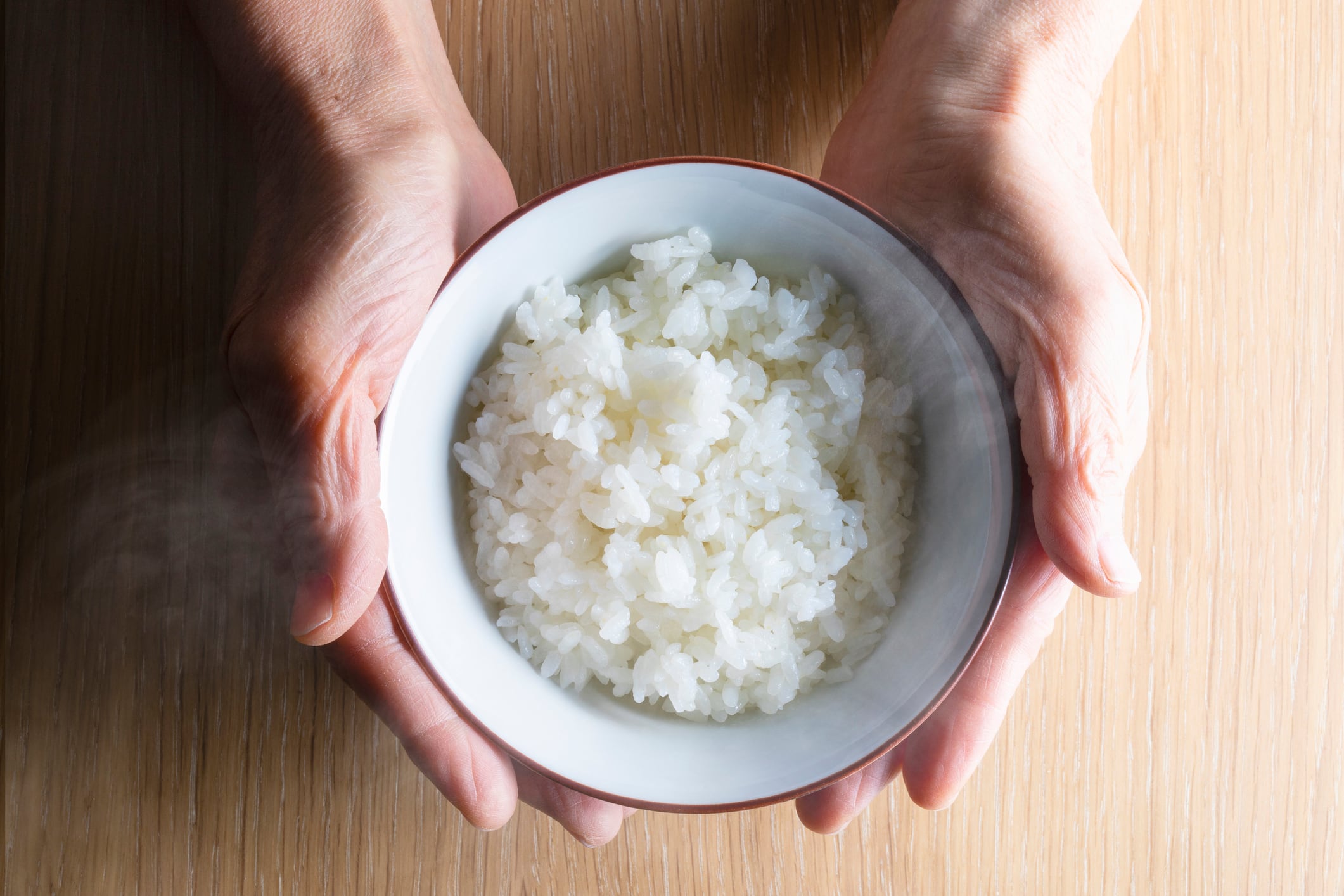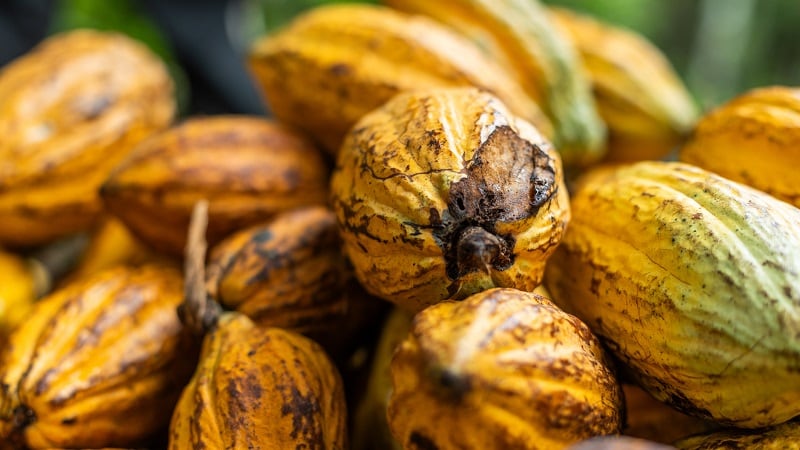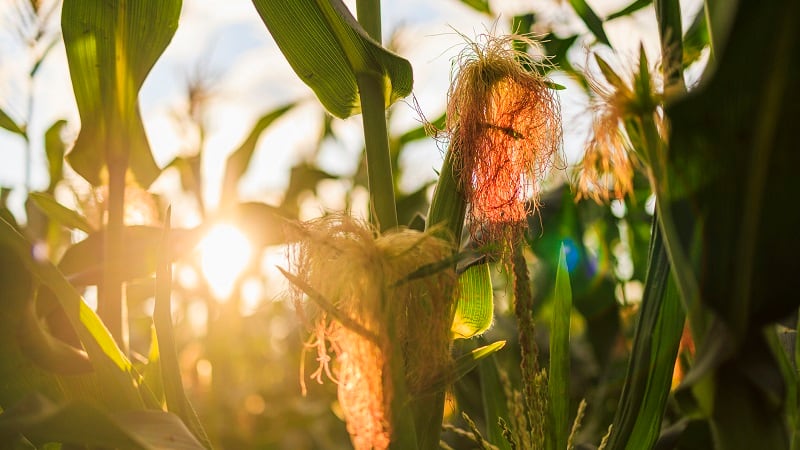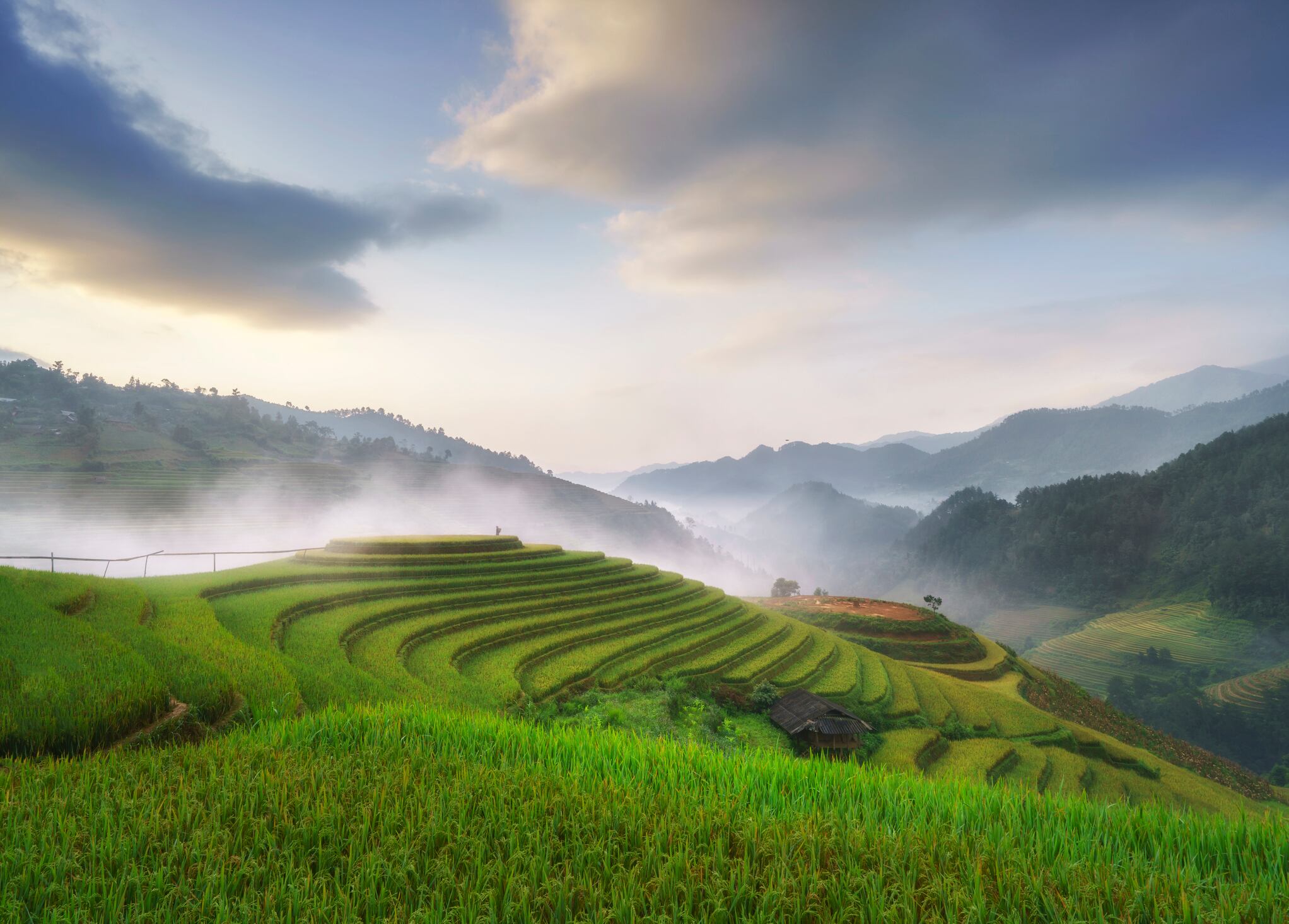Ministry of Agriculture, Forestry and Fisheries (MAFF) is set to finalise its FY2026 draft budget request, centring on three priorities: boosting rice production to match demand, advancing circular use of forest resources, and strengthening the sustainability of its fisheries.
During a press conference on August 29, Minister of Agriculture, Forestry and Fisheries Shinjirō Koizumi offered additional detail on the budget objectives.
His remarks were focused on agriculture, specifically rice cultivation.
The draft budget includes the JPY4bn (US$27m) that is earmarked to help expand rice production.
“Focusing particularly on agriculture, a new JPY4bn is being requested to expand rice production in line with demand. This includes promoting exports, rice flour, and new initiatives such as dry direct seeding in paddies—which I inspected in Fukushima yesterday. Funding is planned to support such efforts,” said Koizumi.
Japan’s recent shortage of rice, dubbed the Reiwa Rice Crisis, has underscored the need for more accurate agricultural data.
“One challenge that has been thrown back at us is how to improve the accuracy of our statistics and data,” said Koizumi.
To rectify this, JPY800m (U$5.43m) would be set aside to develop and introduce digital tools, which will enable better use of producer data.
He also highlighted the warming climate in regions such as Fukushima, driving demand for heat-tolerant rice varieties, and said the government will support farmers in making the switch.
A population problem
Koizumi said that Japan’s farmers have impressed upon him the seriousness of depopulation in rural areas.
“A 40-year-old farmer told me he is the youngest in his community. He is carrying on under enormous strain but wants to hand the baton to the next generation. What he told me directly was that there are simply too many small plots. Sometimes one person manages 100 paddies. Instead, he wants land reorganisation into larger, more efficient blocks, with proper infrastructure development, so that rice cultivation can continue sustainably with fewer hands. Supporting this is precisely the role of land consolidation and infrastructure improvement.”
He stressed that this issue was pressing concern to the ministry.
“Accordingly, this time we are requesting roughly four times the budget for the farmland consolidation and management mechanism.”
Seeking stability
During the conference, Koizumi also highlighted the urgent need to stabilise rice prices, which would include releasing stockpiles.
“Right now, rice prices are extremely high, but farmers don’t want a situation where prices spike temporarily and then fall again. What they want is a stable, long-term outlook. To achieve that, I am working on immediate measures such as releasing stockpiled rice to calm prices,” he said.
However, he acknowledged that this approach could not guarantee long-term stability.
“Looking to the medium and long term… we need to increase production in line with demand and create an environment where the public feels reassured that there is enough rice available.”
Referencing that day’s report from Nihon Nōgyō Shimbun, a local agricultural publication, Koizumi said Japan had imported 26,000 tonnes of rice in a month. Notably, 90% are American rice imports, which have increased by 2,000 times.
“On supermarket shelves, domestic rice still overwhelmingly dominates, and I don’t think that will change for now. But foreign rice is increasingly being used in the food service sector, quietly entering a variety of rice-based dishes that consumers eat without even realising. Once shelf space is lost, or once new distribution channels are established, it is extremely difficult to win them back,” said Koizumi.
He emphasised stability and that prices should rise steadily to create a sustainable system that benefits both farmers and consumers.
“It’s not simply that higher prices are always better for farmers. Over the past year, rice prices have doubled or even 2.5 times increased, approaching hyperinflation. What we need instead is a situation where wages and prices rise gradually by 2% to 3%, farmers’ take-home income is secure, and rice farming not only allows continued production but also enables reinvestment. That would truly benefit farmers. And at the same time, consumers would be able to buy rice with peace of mind.”





